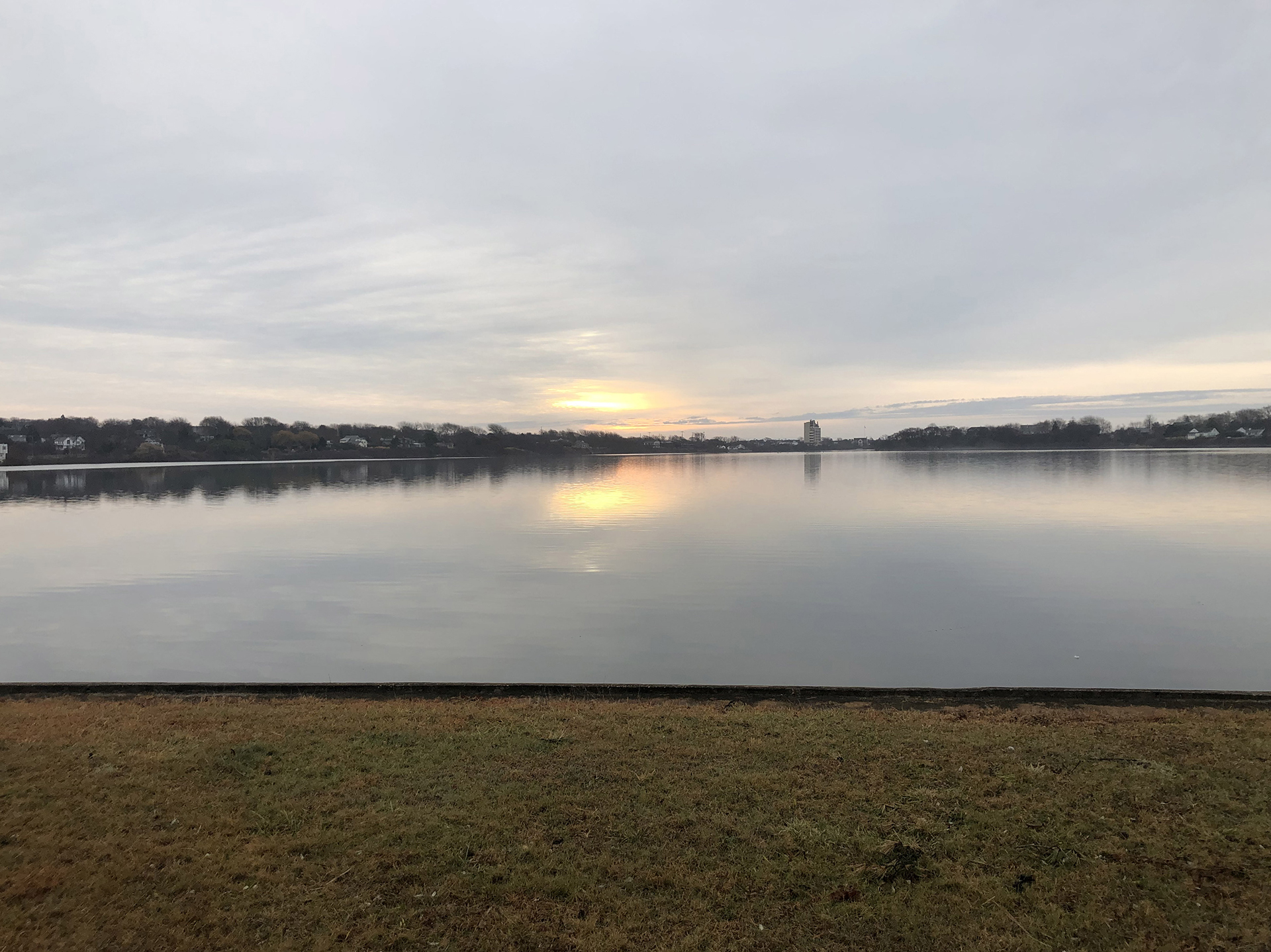Floating Wetlands For Montauk’s Fort Pond

Two floating wetlands are coming to Fort Pond in Montauk after the East Hampton Town Board approved a $25,200 grant at its November 21 meeting.
The grant goes to Concerned Citizens of Montauk. CCOM is already testing Fort Pond on a regular basis for both the levels of toxic chemicals in the water, as well as for algae.
Laura Tooman, president of CCOM, said Monday that the idea of a floating wetland was brought to CCOM’s attention by Jason Beury, a landscape conservation designer employed by Ruschmeyer’s, and the resort’s general manager, Tyler Aposhian. Ruschmeyer’s overlooks Fort Pond from its perch on a hill across Second House Road.
Over the past few years, she said, Ruschmeyer’s has made a concerted effort to contribute to the health of Fort Pond. For example, Tooman said, it ripped out the impervious asphalt parking lot, from which pollutants could flow downhill straight into Fort Pond, and replaced it with a pervious surfaced lot. It also began using rain barrels to capture runoff from the roofs on the sprawling site, and planted native plants on the property.
A floating wetland is a mat, Tooman explained, in which plants are planted. There will be two mats anchored on Fort Pond, one on its north shore near the rocks by Edgemere Street and Industrial Road, the other on the south shore near Kirk Park, totaling 3000 square feet. The two mats will have different configurations, depending on the exact location, to be determined through CCOM’s work with the town’s natural resources department, headed by Kim Shaw.
It is a pilot program, Tooman said. At the end of the season, the mats will be taken up, and the plants tested to see how much they grew, and how much of the nutrients in the water, like nitrogen and phosphorous, that would otherwise feed the algae blooms were absorbed by the plants. The plants will then be recycled back into the earth.
t.e@indyeastend.com



